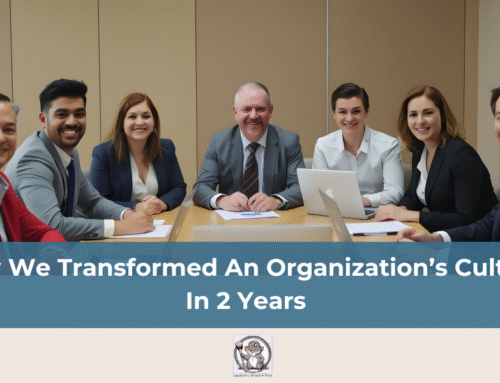
By Jeff Fierstein
Open Systems Theory teaches us that a change in one part of a system inevitably impacts other parts—and the system as a whole. Within this framework, the concept of “suboptimization” is critical. Suboptimization occurs when one part of a system seeks to optimize its own performance without considering the broader organizational context. This can result in unintended negative consequences for other parts of the system or the organization as a whole.
To illustrate this point, consider a real-world example from my experience. I worked with a company that had launched a quality improvement initiative. Each department was tasked with developing its own project tailored to departmental goals. These projects were tracked monthly and reported to a central program coordinator, who monitored progress and outcomes.
At one point, senior leadership celebrated a particular department whose cost-saving initiative was selected for presentation at a state-level quality conference. However, while that department was being recognized, a manager from another unit contacted me with concerns. The improvements made by the presenting department, while impressive in isolation, had inadvertently slowed down workflows in other areas. Their drive for cost savings had increased wait times and decreased overall productivity for other departments. In other words, they had optimized their own performance at the expense of the system—classic suboptimization.
This example underscores the necessity of adopting a systems-wide perspective when implementing change. Without it, we risk creating ripple effects that harm overall performance.
Get More Tools From the Resource Bank
In the introduction to our book Leadership Whack-A-Mole: Actionable Strategies for Leadership Challenges, we used the analogy of the classic arcade game “Whack-a-Mole” to explain this phenomenon. In the game, every time one mole is hit, another pops up. This metaphor reflects the persistence of organizational problems when tackled in isolation—one issue is resolved, only for another to emerge. This cycle results from a segmented, rather than holistic, approach to problem-solving.
Fortunately, organizations are beginning to adopt strategies that take a more integrated view. Tools and methods such as visioning, purpose alignment, cross-functional teaming, strategic thinking, Lean Six Sigma, Agile methodologies, non-linear organizational structures, experimental work protocols, and decentralized decision-making are showing promise. These approaches help organizations respond more effectively to both internal challenges and external pressures.
The critical question for organizations today is how quickly and effectively they can adapt before reaching a state of entropy or decline. History offers numerous examples—across industries—of companies that failed to see the whole picture. Their segmented approach to change was insufficient, and as a result, many no longer exist.
Sustainable success requires a systems-thinking mindset. Organizations that prioritize integration and alignment across all parts of the system are better positioned to thrive in today’s dynamic environment.
Adapted from: Leadership Whack-A-Mole: Actionable Strategies for Leadership Challenges. (c) 2024 Ric Shriver and Jeff Fierstein. To learn more about the book, peruse this website or click on the banner below.
 We value your thoughts and experience with this topic. Leave a comment below and let’s start a conversation.
We value your thoughts and experience with this topic. Leave a comment below and let’s start a conversation.



